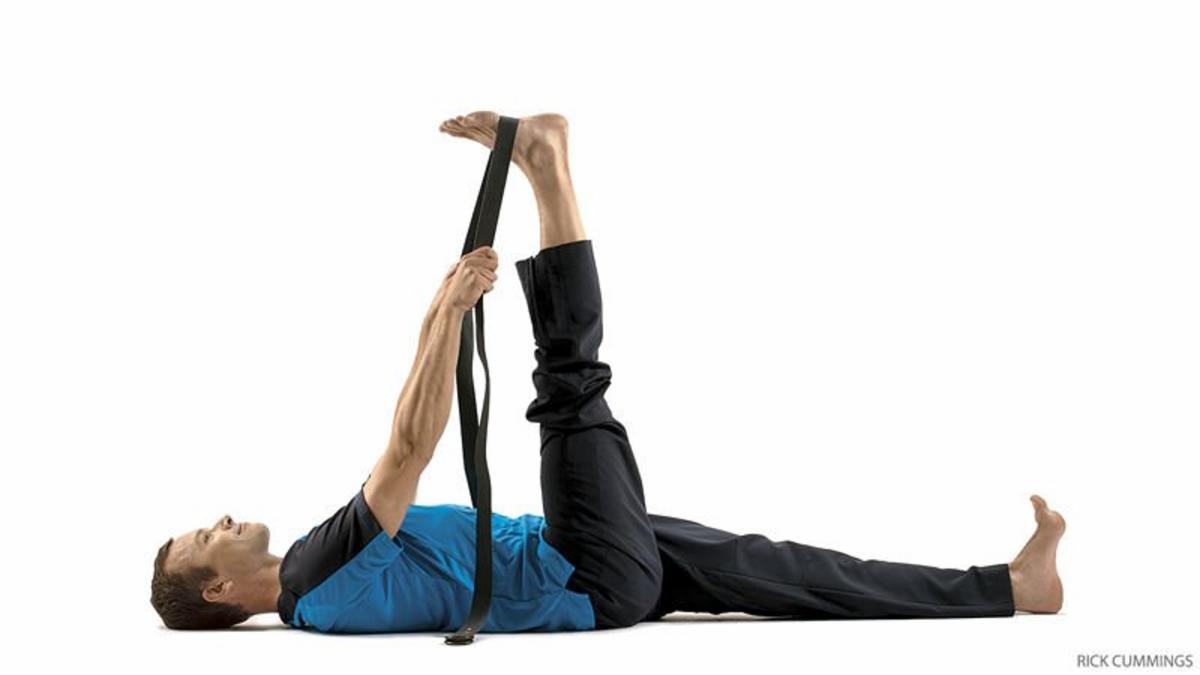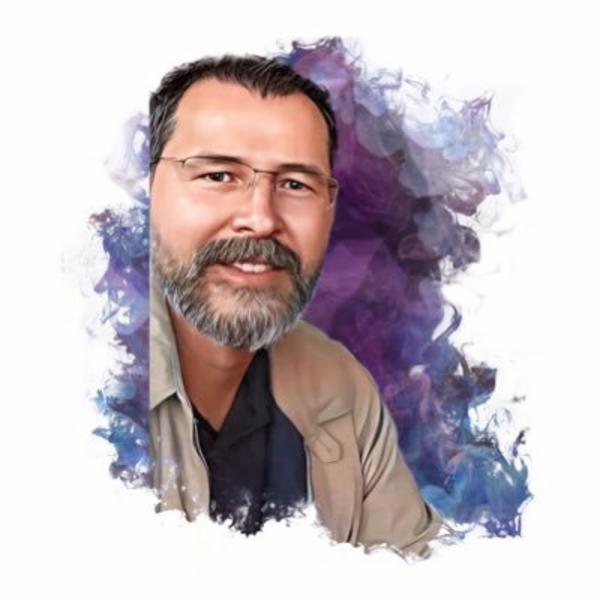Article Body
Yoga Emerges as Powerful Tool for Chronic Pain Relief
A new wave of clinical research and medical endorsements is sweeping across the world of chronic pain management as yoga proves its effectiveness in relieving a range of persistent conditions. From arthritis in seniors to the aches of fibromyalgia and stubborn lower back pain, professionally guided yoga routines are being recognized as both a physical therapy and a mental health ally, offering hope to millions.
The Surge in Yoga for pain management
Multiple recent studies from leading institutions including Harvard Health and the Arthritis Foundation cite yoga’s dual benefits for body and mind. “Yoga can help people with arthritis, fibromyalgia, migraine, low back pain, and many other types of chronic pain conditions,” reports Harvard Health Publishing, reflecting a shift in mainstream medical recommendations.
Dr. Lauren Elson, medical editor at Harvard, emphasizes: “Yoga helps strengthen and stretch back muscles that might be tight, which improves mobility.” She notes that the methodology’s gentle stretches also enhance emotional well-being, reducing anxiety and depression associated with chronic discomfort.
Specific Poses Target Distinct Pain Types
Recent medical guides and patient testimonies highlight that not all yoga is created equal — selection of poses depends on the type and source of pain:
-
Lower Back Pain: Cat-Cow (Marjaryasana-Bitilasana), Sphinx, and gentle twists help mobilize the spine, build strength, and release tension.
-
Arthritis Pain: Gentle, adaptive sequences focusing on flexibility and joint movement, supported by extensive research showing reduced symptoms and better sleep.
-
Fibromyalgia: A consistent regimen of slow, supportive poses tangibly decreases fatigue and stiffness, according to longitudinal studies out of India and Canada.
-
Migraine: Forward folds and restorative poses such as Child’s Pose (Balasana) and Bridge (Setu Bandhasana) offer relief by calming the nervous system and lowering stress, per large cohort studies.
Medical Endorsements and Patient Results
Dr. Susan Bartlett, a Canadian arthritis researcher, found a 20% improvement in patients’ physical health and pain levels following regular yoga. Meanwhile, migraine sufferers in clinical trials report a measurable reduction in both the frequency and intensity of attacks after integrating yoga into their daily lives.
Yoga is now officially recommended as an adjunct therapy in national guidelines for chronic pain management by organizations such as the American College of Rheumatology and the Arthritis Foundation.
“Yoga is not a one-size-fits-all prescription, but when tailored to each patient’s limitations and goals, the results are both profound and sustained. The data speaks for itself,” says Dr. Sharon Kolasinski, a rheumatologist at the University of Pennsylvania.
The Takeaway
With rates of chronic pain rising globally and opioid alternatives in urgent demand, yoga offers a side effect-free, evidence-based adjunct. As medical communities join forces with yoga therapists, the message is clear: a well-guided yoga routine can be life-changing for those battling chronic pain. For more resources, visit the official Arthritis Foundation page.


Comments